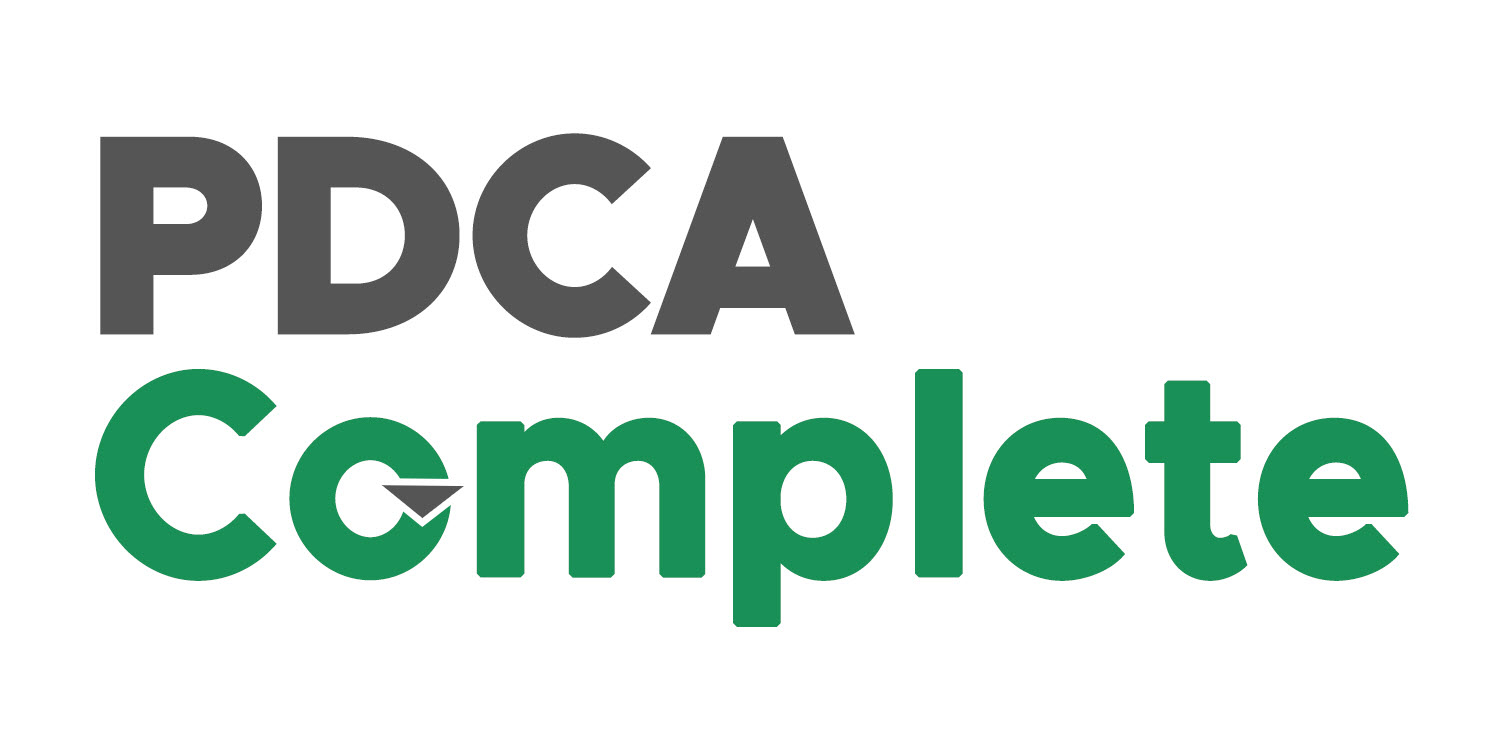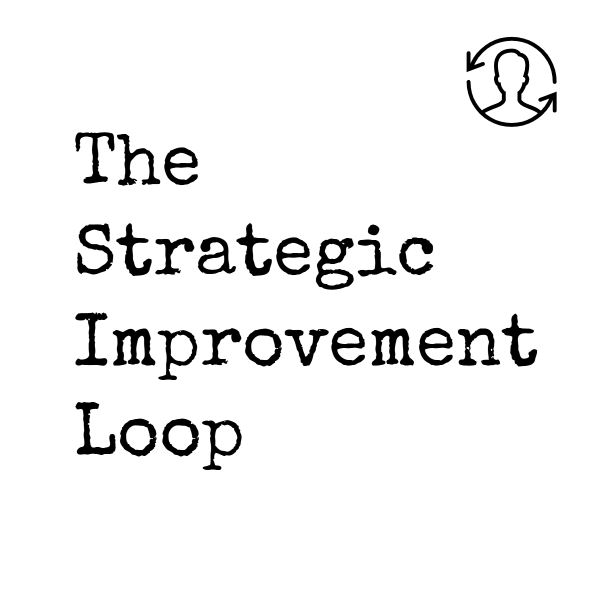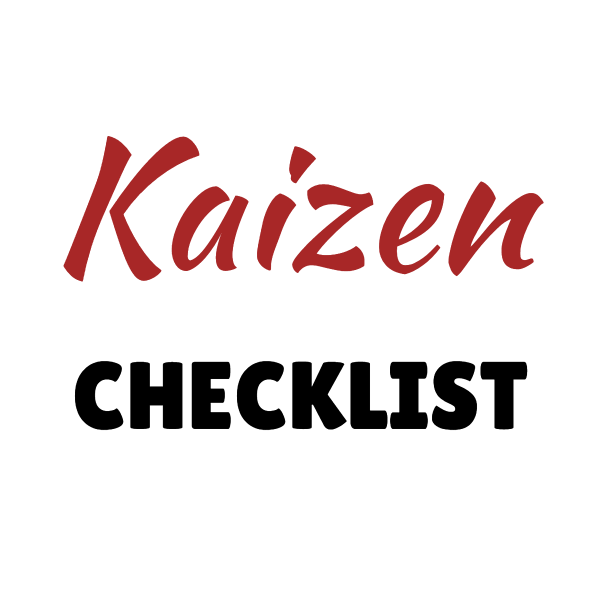Lean Transformation
So, what is Lean?
Although the term 'Lean' was coined by Womack and Jones in their brilliant book 'Lean Thinking' in 1996, Lean has been around in some shape or form for many decades before.
Popularised by the Toyota Manufacturing Company, in essence Lean is about driving out waste from your business operations.
Since the 1950s, many manufacturing businesses have been trying to strip out the waste that is present in their organisations and become Lean. Toyota appears to have led the way and now the movement is widely known and the tools widely utilised.
The philosophy is simple; reduce waste. The range of tools and methodologies that we have at our disposal can seem overwhelming if you are new to the topic.
This page will share with you some of the fundamentals and resources that you can use to support your organisations Lean transformation.
What is waste?
The term 'waste' can confuse newcomers to the topic of Lean.
Lean focuses on the balance between value generation (what a customer wants to pay for) and waste creation (what the customer does not want to pay for). Invariably value generating operations are interspersed with wasteful activities.
For decades the categorisation system used to help spot wastes in an organisation was called the '7 wastes'. Eventually the super potent 'eighth waste' was added to the list.
Looking at your organisation and its processes is a great way to apply the eight wastes. It is similar the yellow car game...
Have you never played the yellow car game? There are many variants but in essence you need to look for yellow cars driving past. You might not think that there are many yellow cars around but they suddenly appear when you focus on them.
Focus on these wastes and you'll start to spot them in your business. From there you can plan to eliminate them.
Defect
If something has gone wrong, or doesn't meet specification, then it is a defect.
Overproduction
If you make too much of anything (yes, reports count!) then it is classed as overproduction.
Transport
Carting products, people and work in progress around is a transport waste.
Waiting
Delays caused by waiting for materials, parts, service or decisions all count as waiting wastes.
Inventory
Too much stock gathering dust is an inventory waste, stopping your from minimising the space required.
Motions
Tiring people out from bending, twisting, reaching and lifting all count towards motion waste.
Processes
Not using the best method to complete an activity is a process waste. Strive for efficiency and effectiveness.
Untapped Human Potential
The biggie! If you don't harness the knowledge, ideas and inspiration of your team you are missing a huge trick!
The five steps to Lean transformation
In Womack and Jones' book 'Lean Thinking' a five step transformation was presented. In my years of consulting on the topic I have not found anything better than this and present my interpretation of the five steps here:
Identify what is Value
Clearly determine what your customers deem valuable and are willing to pay for.
Map the Value stream
Find out the steps your organisation takes to generate value.
Make the stream flow
Rip out the waste from your organisation and develop your systems so that value flows through your organisation without stopping,
Pull the stream
Link your customer demand directly to your supply systems and never overproduce again!
Move to perfection
Engage with Kaizen and strategic deployment to move your organisation ever forward towards a picture of perfection.
Lean transformation resources
Jumping into a Lean programme can be relatively straightforward but if you are looking for some additional ideas, methods and systems to achieve results faster, these resources will help.
PDCA Complete
We've compiled a selection of powerful, but simple to use, Lean tools into this easy to use software package.
Quickly identify improvement opportunities and manage the process of change with our built in 'BCS' system. This means that you can distil all of your improvement activities into one place and always be working on the 'biggest bang for your buck'.
On top of this you can master your organisation's tasks, projects, audits, meetings and processes.
Free sign up (for three users).
Step by step strategic deployment for your objectives
If you are like many people, finding the Hoshin Kanri method too confusing, then welcome to The Strategic Improvement Loop.
Or, if you have never heard of Hoshin Kanri and aren't getting the results you want from deploying your (strategic) objectives then this system is for you too.
Defining objectives for your Lean programme is one thing, delivering them is another.
If you find that your ideas / strategy / objectives aren't being followed through effectively by your organisation then you will benefit from the step by step system presented here.
You can find out more on The Strategic Improvement Loop product page, or purchase your copy using the link below.
Stimulate and control the flow of improvement suggestions
Kaizen is a fantastic strategy and is so much more than just a Japanese word for 'continuous improvement'.
The Kaizen Checklist is a practical guide to help you define a improvement system that works for your business, that will help generate an ongoing stream of Lean opportunities and help you avoid the common pitfalls that cripple such approaches.
If you have projects stalling, or want to blast through the 8th waste (untapped human potential) then The Kaizen Checklist is for you.
You can find out more on the main product page, or purchase your copy using the link below.
Welcome to the year of continuous improvement
There are so many tools, strategies and methods that can boost the performance of your business.
Making It Happen is a compilation of such tools and have been arranged in a structure that can provide your organisation with a structured year of continuous improvement opportunities.
The Making It Happen toolkit can be used to solve specific issues, provide development challenges for your teams or as a resource to refer to when specific performance challenges arise.
The full toolkit is available as a single download, so if you need some ideas today to supplement your Lean improvement plans you won't have to wait for inspiration to strike!
Full details are available on the main product page, or you can purchase your copy using the link below.
What kind of results can you achieve with Lean?
With just a quick Google of the term 'Lean', you can find all kinds of case studies about the results from Lean programmes.
The great news is that Lean can produce some tremendous improvements quickly if applied in a practical manner. If you stage your improvement approach and use the Pareto Principle (also known as the 80/20 rule) you can focus your improvement efforts quickly and efficiently. Getting hung up on perfect implementations is a recipe for slow deployment; I'm not suggesting cutting corners but I am suggesting that you don't wait to get started.
When I have worked with my clients they have experienced results such as:
TOP TIP - If you don't think a specific Lean improvement idea will work for your organisation then try to look past the overall approach and look at the principle sitting behind it. If you can spot this then you can apply just the principle in a way that suits your organisation and still get excellent results.
Start your Lean journey today
If you haven't started your Lean journey already, what is stopping you?
If you are not sure where to start then keep it simple. Take the list of the eight wastes presented earlier on this page and go for a walk through your business. If you spot a waste, make a note and then keep on walking. At the end of of your walk convert your observations into a simple action plan and get to work on that plan.
You don't need to get overly complicated to get excellent results from Lean; observation and action is good enough for most of us.
If you have any questions about Lean, or my Lean related products, then feel free to reach out using our contact page.
All the best with your Lean journey,
Giles Johnston
Smartspeed Consulting Limited



